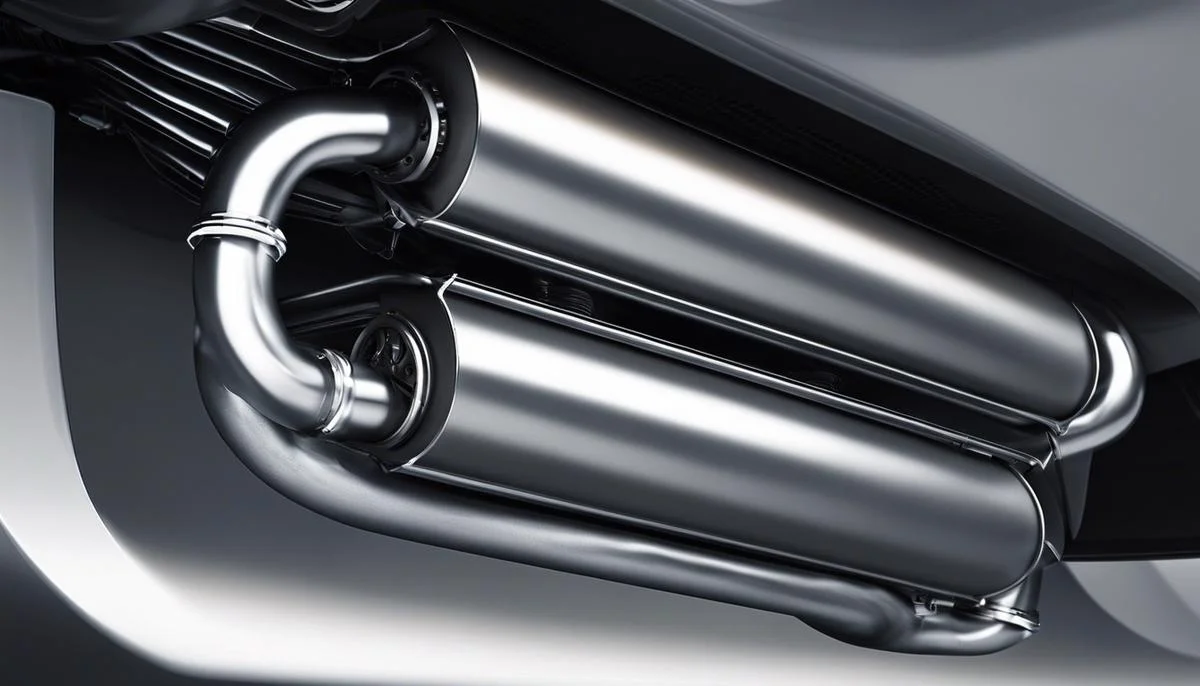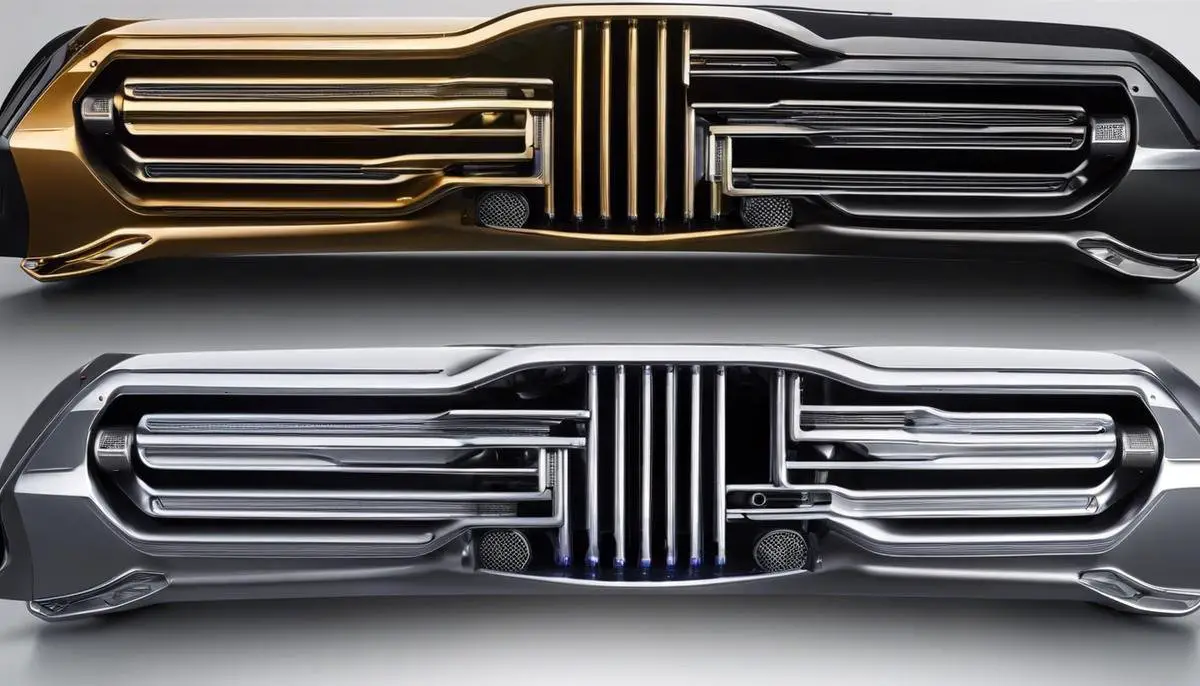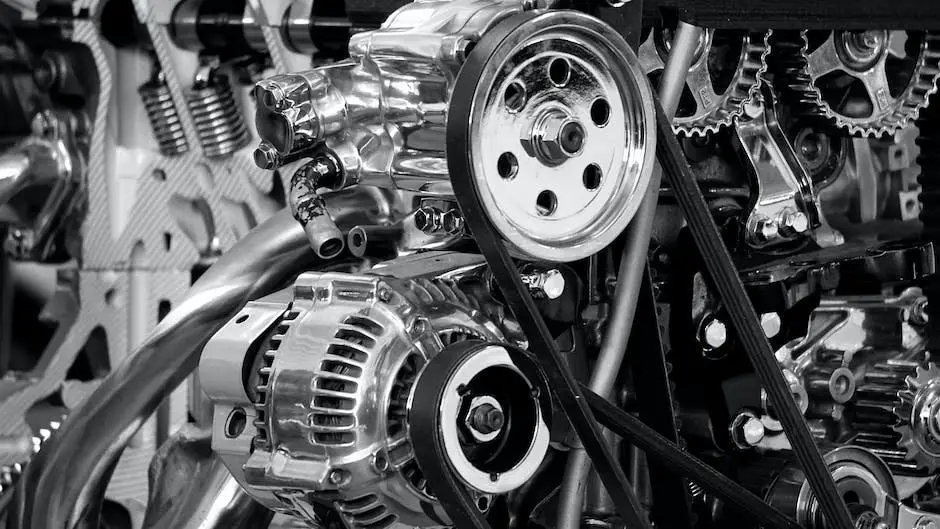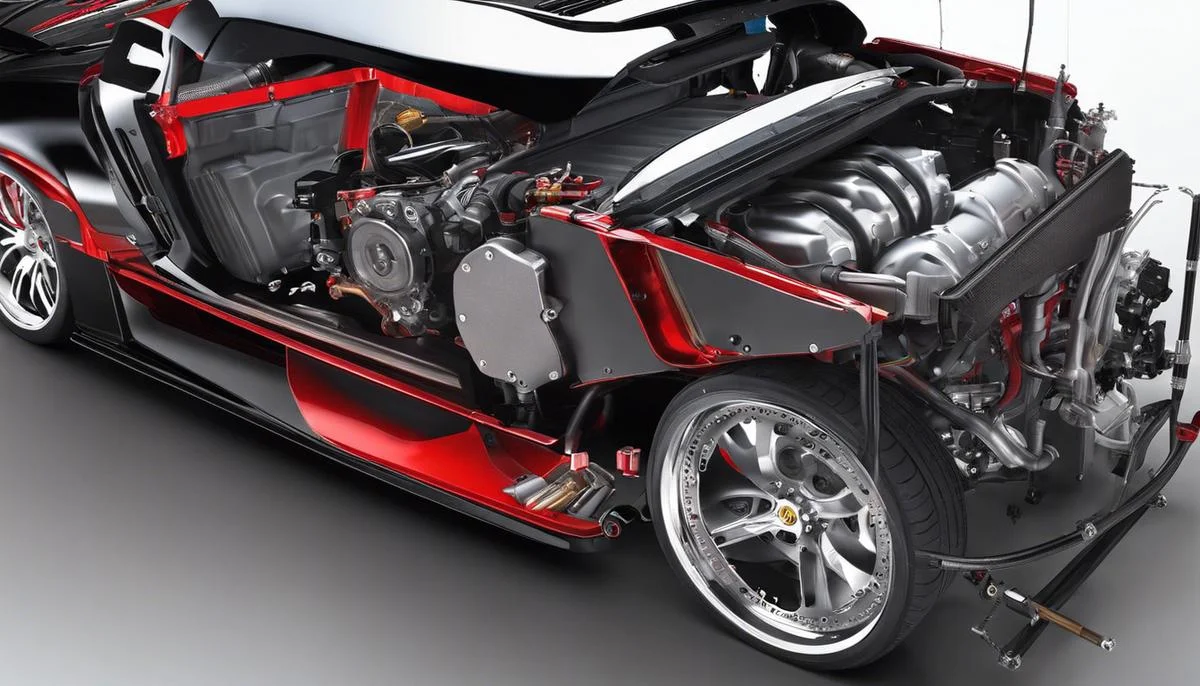In the vast arena of automotive parts, there exists a key component renowned for its influential role in amplifying vehicle performance - the header. This often overlooked or misunderstood engine component is a chief player in altering the exhaust system, consequently enhancing the efficiency and power produced by your vehicle. Through this exposition, it is our objective to elucidate the concept, importance, and intricacies of car headers. From distinguishing between various types like shorty headers, long tube headers, to mid-length headers, you are set to gain insights into the types of headers suitable for different automotive conditions. Additionally, this manuscript offers a foray into the practicalities of installing and maintaining these performance-enhancing headers. Brace yourself for an enlightening journey into the world of car headers!
What is a header on a car
Revel in the throbbing symphony of a finely tuned car engine! This wonderful world of auto-enthusiasm is filled with parts and components that might seem bewildering to the novice, but trust the journey—we all started somewhere. Several components catch our attention first, like the shiny exterior or the luxurious interior, but unseen components like a car's headers can play a monumental role in a vehicle's performance. Start your engines—the ride into the high-octane, intricate sphere of car headers begins here.
Car headers may be unfamiliar, but they are one hardworking crew! As an integral part of the exhaust system, headers are responsible for ensuring efficient expulsion of exhaust gases from the engine's cylinders. Picture them like a team of diligent workers hustling to shove out the waste, making way for the engine to breathe better. The more efficiently an engine can discard exhaust gases, the more space is available for fresh fuel-air mix to generate power. Isn't that awe-inspiring!
Headers generally materialize as a series of pipes, molded into multiple curves, quintessential for smoothly directing exhaust gases to the back of the car. Featured with their own individual exhaust pipe, each cylinder gets a path for venting out the gases. This unique design will prevent back pressure from hindering engine operation, thereby enhancing the engine's over-all efficiency. Constructed from stainless steel or ceramic materials for sturdiness, headers even help in reducing the car's weight. And the cherry on top? A properly installed header adds a throaty growl to the engine's voice—a sweet melody to any car enthusiast's ears!
So, beneath that glossy hood and beyond the aesthetic interior, remember there's a hardworking part like the car header, making your vehicle perform efficiently. And in the thrilling world of automobiles, every screw, bolt, and pipe counts, contributing to the exhilarating experience of motoring.

Types of headers and their applications
Car headers, while seemingly simple, can be classified into various types based on their design and application. Notably, there are three main categories one typically encounters: Shorty headers, long tube headers, and mid-length headers. Each of these types differs in terms of structure, performance outcomes, and the circumstances where they shine.
Shorty headers, the compact versions of car headers, are loved by many casual hobbyists and professionals alike because they can easily be installed without any major modifications to the vehicle. They are a perfect fit for people who drive their vehicles daily and require a modest bump in horsepower without any fanciful tweaks. On the other hand, long tube headers, known for their longer primary pipe length, are most beneficially applied in high-performance vehicles built for track racing. These headers can significantly increase horsepower levels at high RPMs, making them the go-to choice for anyone seeking maximal performance enhancement.
In between the shorty and long tube headers, we have the mid-length headers. As the name suggests, these headers offer the perfect balance between the other two types. Mid-length headers, often used in vehicles designed for street racing, provide commendable improvements over stock exhaust manifolds. They deliver better horsepower and torque over a wide range of RPM, making them versatile for people who desire additional power without the complexity of long tube headers.
The world of auto-enthusiasm is vast and ever-evolving, but the one constant remains the drive and passion shared by all car-lovers. Headers, a crucial and often misunderstood component, play a significant part of this world. As more people delve into the specifics of their vehicle's parts and aim to improve performance, the interest in different types of car headers will continue to grow. The joy of knowing and tweaking every component of a vehicle - that’s what auto enthusiasm is all about. Thus, next time you hear that vehicle roaring down the street, know that it might just be running on a set of brilliantly installed headers, suited perfectly for the task at hand.

Installing and maintaining headers
Embarking on the journey of installing headers can seem daunting at first, but with diligent research and patience, it quickly becomes a rewarding experience.
The first step consists of carefully selecting the right headers that match your specific vehicle.
A perfect fit ensures less room for errors during installation and guarantees that headers function at their optimum.
Consider factors such as the engine size, make and model of the vehicle, along with the compatibility of the headers.
Notably, many manufacturers do provide compatibility charts that can be an invaluable tool during this stage.
Installation process of car headers typically involves removing the old parts, including the exhaust manifolds, then mounting the new headers using a set of bolts.
This can be a relatively simple process as long as you are patient and diligent in ensuring a secure fit of the headers.
Always keep your user manual at hand, reminding yourself to tighten the bolts in the pattern specified for that application and periodically re-check for torque after a few initial engine heat cycles.
Another useful tip is to apply an anti-seize compound on the bolt threads to facilitate future removals.
Maintaining car headers isn't a strenuous task.
Clean the headers degree regularly to remove built-up grime or oil, which could otherwise lead to performance degradation.
Invest in a quality heat-resistant header coating that can reduce heat in the engine compartment and increase the lifespan of your headers.
While you're at it, performing regular inspections for any leaks, minor cracks, and verifying tightness of all the bolts and connections, ensures that your automobile continues delivering the top-notch performance that every auto-enthusiast desires.

In a world where every horsepower counts, and efficiency is king, understanding and utilizing car headers becomes increasingly essential. These impressive pieces of engineering become pivotal in enhancing the behavior and performance of your automobile under different conditions. Just knowing isn't enough, though; the hands-on techniques and tips for installation offer you full control of your vehicle's performance capabilities. Finally, the exploration into maintaining your headers ensures you can keep that performance edge razor sharp. In doing so, this exploration into the world of headers equips you with comprehensive knowledge, allowing you to optimize your car's performance and ensure its smooth running for years to come.
Image Source: Paid image from CANVA


